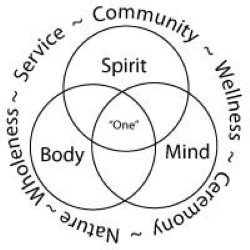Why Breathwork
Breathing is both an unconscious and conscious process. We can breathe automatically without much awareness at all, AND we can also breathe with awareness and intention as to how we breathe. The latter is referred to as breathwork.
In recent years, breathwork has become increasing useful in the field of trauma. Trauma is currently viewed as an event that occurs physiologically, not just in the mind or the field of psychology. Research based on the work of Stephen Porges leads us to understand trauma through the functioning of the nervous system. Trauma is defined as one’s ability or lack of ability, to be regulated, or our ability to cope. We may all have times of dysregulation, but they tend to be moderated and we fall back into regulation. The more uncertain life is, the more range of regulation or dysregulation.
Certainly COVID has brought us a many episodes of uncertainty and dysregulation. Regulation is possible and we all take it in stride as best we can.
We are breathing with awareness and intention, so that our nervous system can come to a balanced easeful state. By learning breaths in our somewhat regulated regulated nervous system, we can actually teach it to be calmer when uncertainty might otherwise create dysregulation.
It takes practice, practice, practice! Its not for everyone, and I’d certainly advocate this work be done in conjunction with a therapist for those with severe anxiety, but it really does is helpful in even everyday situations.
Breathing is fundamental of life. Yet, so many of us breath rapid, or shallow, or find ourselves holding our breath unaware. Breath work practices can help you become more aware of your breath and use it to bring calmness back to your nervous system..
I invite you to join me for morning mediation circles where we explore a variety of meditation and breathwork.
